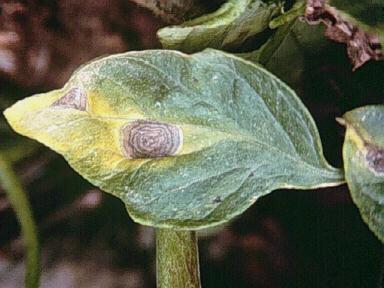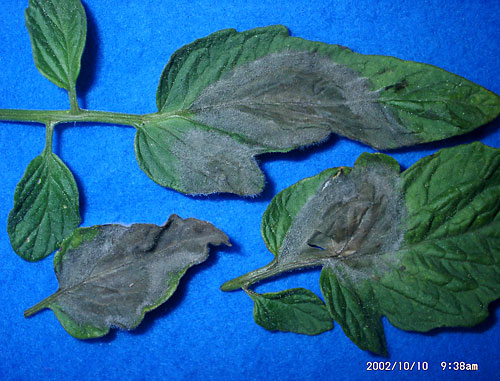Be a Responsible Tomato Grower
Tomatoes are by far the most popular vegetable (technically fruit, I know) to grow in Canada. Upwards of 85% of us vegetables gardeners grow tomatoes and there’s nothing like a tomato picked fresh from the garden and eaten on the spot.
Curiously, though, tomatoes are a bit finicky. They are said to be one of the easiest plants to grow and will work well in pots or in the ground. But they come with a caveat: blight. The ugly, but not overly harming, early blight and the devastating late blight.
The tomatoes on my property succumbed to late blight this year. I blame it on not keeping up with my regular Bordo sprayings but there are other factors that came into play this year:
1. The regular rains
2. Ideal temperatures
3. The morning dews
These three conditions are a deadly combination where tomatoes are concerned and a number of tomato growers were heartbroken to wake up to a wilted tomato plant with blotchy tomatoes.
Early vs Late
Early blight (caused by a fungal organism known as Alternaria solani) occurs anytime from June to August. It is recognized by its concentric circles on leaves, stems, and/or fruit. If the plant is healthy, receiving plenty of sun, water, and nutrients, early blight will not usually kill the plant. The plant will be weakened and you will notice fewer flowers and therefore fewer tomatoes. Often, flowers may be present and will fall off before being pollinated.

Late blight is deadly. It is caused by an entirely different organism (Phytophthora infestans) and can spread rapidly via wind and rain. Unlike early blight, late blight does not make concentric circles but irregular grey areas that appear shiny. If weather favours, mould will grow around these shiny grey blotches. The fungus will spread quickly from the bottom leaves towards the top of the plant, affecting leaves, stems, and fruit. With perfect conditions, it can cripple a plant over night.

This year, throughout the country, blights were common. The rains were steady and morning dews were frequent. The plant did not have enough time to dry off thanks to the cool daytime weather. Windy days blew in spores from neighbouring properties and the rain moved spores from the ground onto the plant.
Your Responsibility
As a tomato grower (or a potato grower since they are both part of the nightshade family and are subject to the same pathogens), you have a responsibility not only to yourself but to your nightshade-growing neighbours.
– Don’t compost blighty plants (throw them out or burn them)
– Make sure you’ve picked up all living tissue (late blight needs living tissue to survive the winter). This includes making sure you have harvested ALL potatoes if plants were affected.
– Don’t save potatoes to plant next year if your plants were affected this year
– Use resistant strains of nightshade plants
A note on resistance: using resistant plants does not mean you are 100% protected from blights. Resistant plants are less susceptible but under the right conditions can still contract the disease. Even if you are using resistant strains of tomatoes and potatoes, I would still advise that you use Bordo Copper Spray or some other reliable organic fungicide.
I did get a nice tomato crop this year before the late blight hit and I hope you did too. Remember that responsible gardening doesn’t stop when the tomato plant is empty. Be considerate of neighbours and dispose of infected plants with care.



